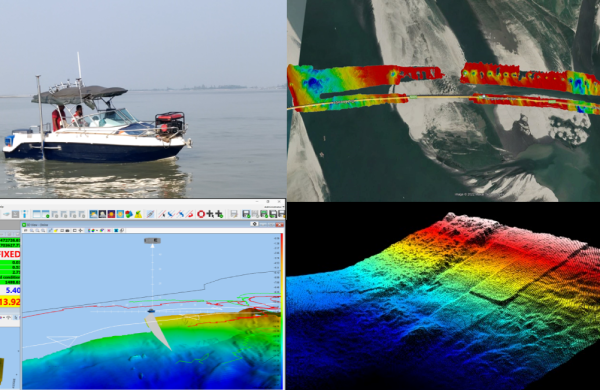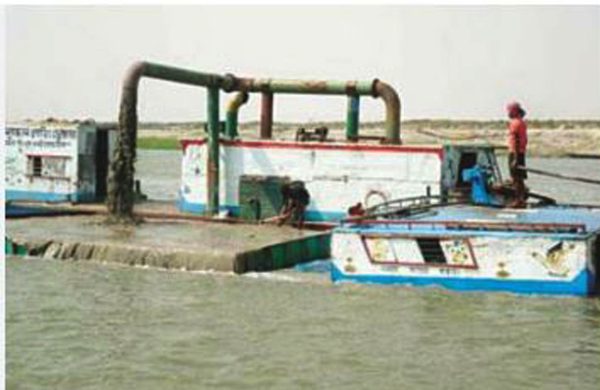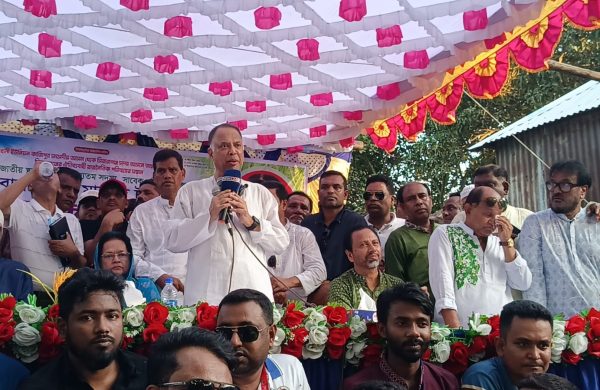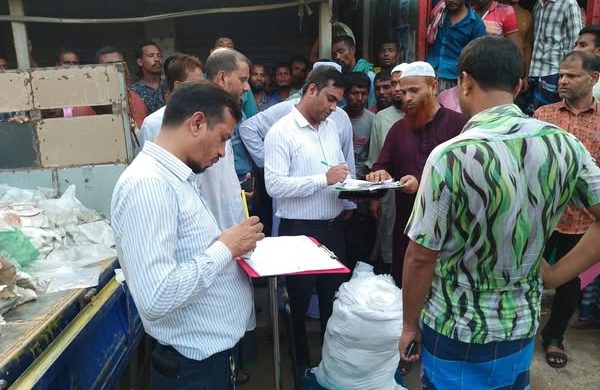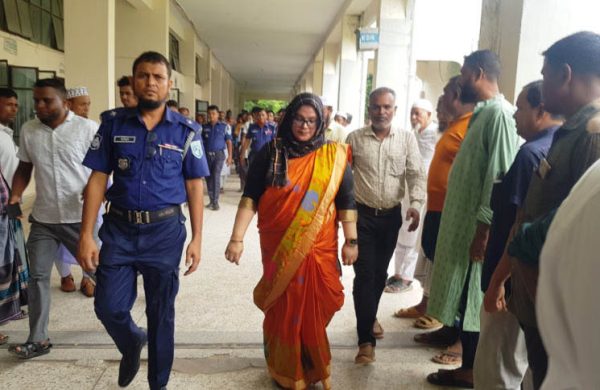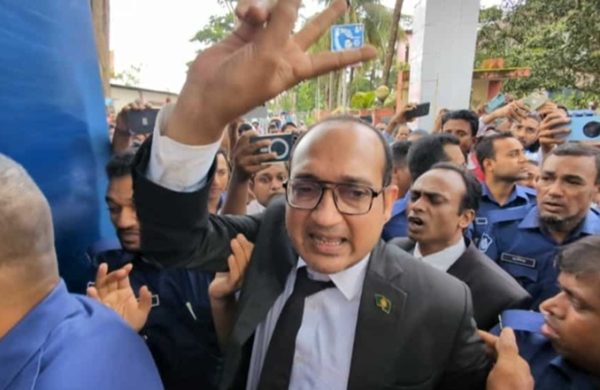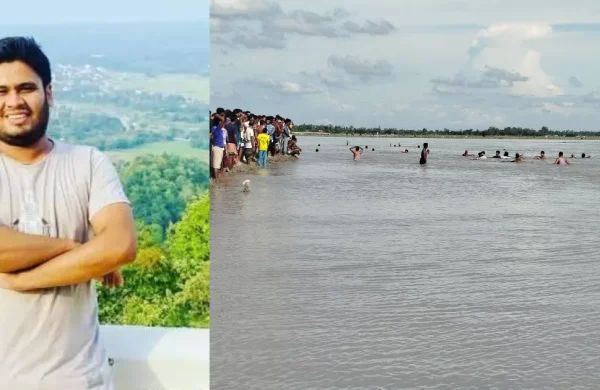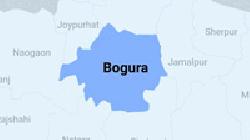Padma swallows Paturia terminals amid administrative standoff
- Update Time : Tuesday, September 2, 2025
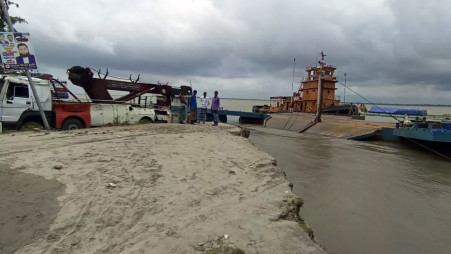
Manikganj Correspondent:
The mighty Padma River has already swallowed half of three ferry terminals and the entire launch terminal at Paturia in Manikganj, yet urgent protective measures remain stalled amid an administrative deadlock between two state agencies.
As the river continues to erode the banks, the Bangladesh Inland Water Transport Authority (BIWTA) insists that river-training work falls under the jurisdiction of the Water Development Board (BWDB).
The BWDB, however, argues that maintenance and protection of ferry terminals are the BIWTA’s responsibility.
Caught in this tug of war, no effective action has been taken to save the crucial Paturia-Daulatdia ferry route.
The lack of coordination has left thousands of passengers and vehicles vulnerable, even though the opening of the Padma Bridge eased some pressure on the crossing. The route remains vital as it links 21 southwestern districts to Dhaka and beyond.
Local residents warn that the entire cluster of ferry terminals could soon vanish unless immediate and coordinated efforts are launched.
Many accuse the BIWTA of failing to act on repeated warnings from terminal authorities as river levels began to rise with the onset of monsoon rains.
The erosion escalated dramatically on August 5 when strong currents battered the launch terminal. Within hours, one jetty collapsed along with three major support pillars, and by nightfall, the terminal had disappeared into the river, witnesses said.
The damage soon spread to ferry terminals 3, 4 and 5, crippling pontoons and ramps.
On August 7, the BIWTA attempted to contain the erosion by dropping around 400 geo-bags, but the effort proved futile as the current swept them away.
On August 8, terminal 4’s ramp and pontoon were torn off and later recovered nearly 1.5 kilometres downstream by a BIWTC rescue tug. A further 700 geo-bags were deployed in the following days, but locals said it was far from sufficient.
Frustrated by the minimal response, hundreds of residents staged a demonstration at the ferry ghat on August 17, demanding decisive measures.
Abdus Salam, Acting Deputy General Manager of BIWTC’s Aricha office, admitted that the situation is worsening rapidly.
“Despite the damage, we are trying to keep ferry services running for public convenience. But it’s becoming increasingly difficult due to strong currents and erosion,” he said.
Nepal Chandra Debnath, Executive Engineer of BIWTA’s Aricha River Port, described the crisis as unprecedented.
“We haven’t seen such erosion in two decades. We are placing geo-bags daily but the current is too strong. River training is typically done by the Water Development Board. We’ve informed both the ministry and the Board in writing. Once a decision comes through major protection works will begin,” he explained.
Muhammad Akhtaruzzaman, Executive Engineer of the Manikganj Water Development Board, maintained that responsibility rests elsewhere. “The maintenance and management of the ferry terminals fall under BIWTA. We only provide technical assistance if needed,” he said.
After visiting the erosion-hit site, BIWTA’s Chief Engineer Md Mohidul Islam described the crisis as a natural phenomenon.
He suggested altering the river’s flow by creating a central channel to help mitigate future erosion.
A major river training project had been initiated in 2019 but was discontinued in 2023, he said adding, the government is now considering a fresh project under the Water Development Board, but it is still awaiting inter-ministerial approval.



